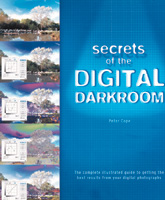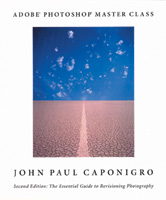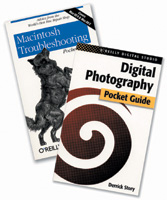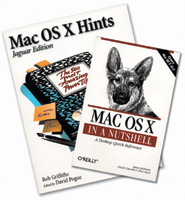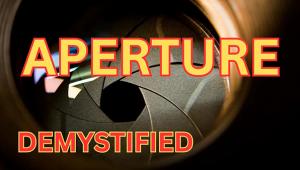Holiday Books; For The Digital Photographer
I 've always loved books. The most exciting day of my life was when Sister Mary Anthony took St. Catherine of Sienna's second grade class on a field trip to a library. Baltimore's Enoch Pratt Free Library was the first public library in America and although this branch, just off North Avenue, was a small building, looking at all those books was one of the defining moments in this kid's life. Books have been a big part of my life ever since. The Internet is the world's largest encyclopedia, but you can't beat reading a well-written, beautifully printed book, like many in this group. Imaging Techniques |
|
Imaging Techniques |
|
Imaging Techniques |
|
Imaging Software |
|
Imaging Software |
|
Digital Camera Guides |
|
Digital Camera Guides |
|
Reference |
|
Reference |
- Log in or register to post comments


